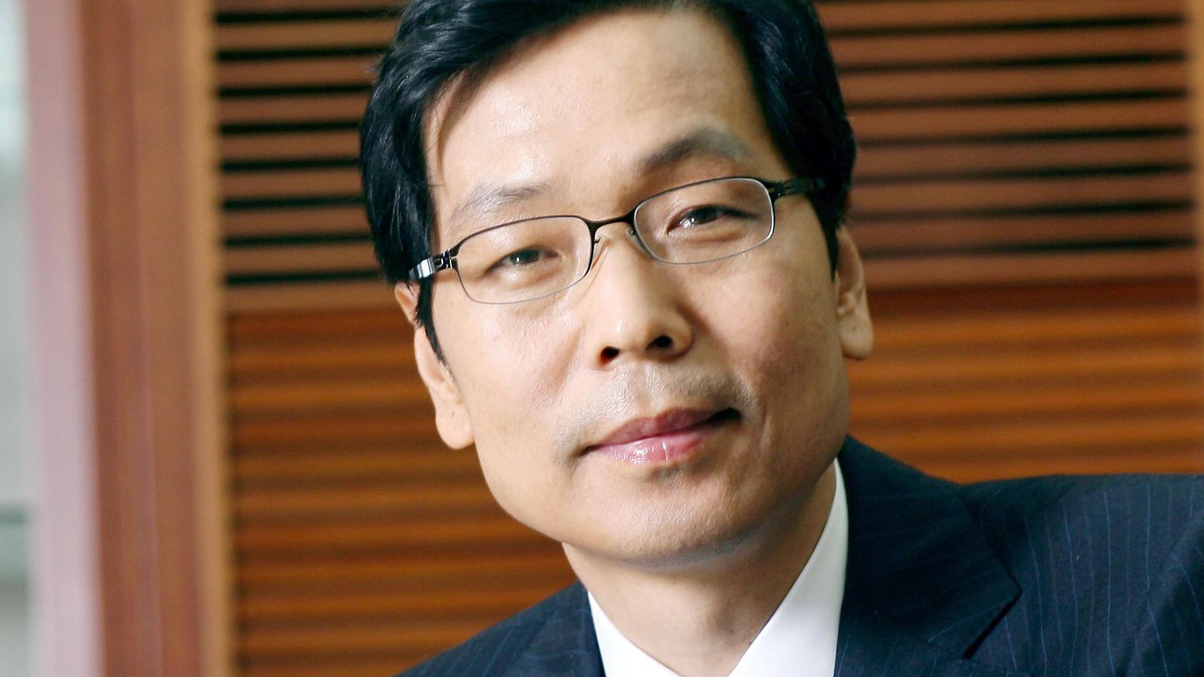Samsung AM notes ETF cross-listing challenges
Korea's exchange-traded funds market may be growing fast, but it's not always easy for issuers to list their products elsewhere.

The exchange-traded funds market in Korea has made solid progress despite sluggish stock performance. Yet some ETF providers are now looking beyond their national borders with the view to cross-listing funds on overseas exchanges, but the experience isn’t all plain-sailing.
Sign In to Your Account
Access Exclusive AsianInvestor Content!
Please sign in to your subscription to unlock full access to our premium AI resources.
Free Registration & 7-Day Trial
Register now to enjoy a 7-day free trial—no registration fees required. Click the link to get started.
Note: This free trial is a one-time offer.
¬ Haymarket Media Limited. All rights reserved.


